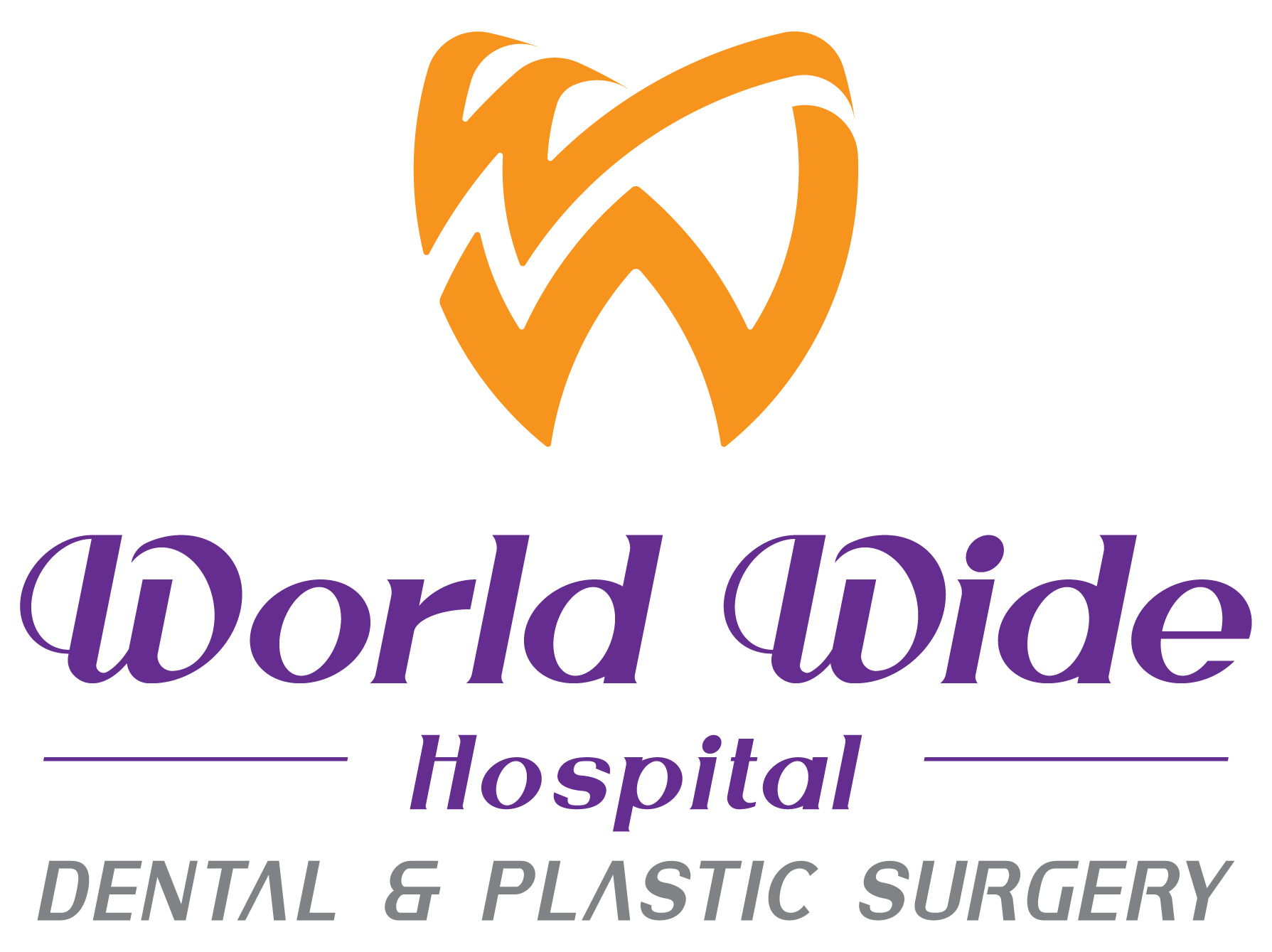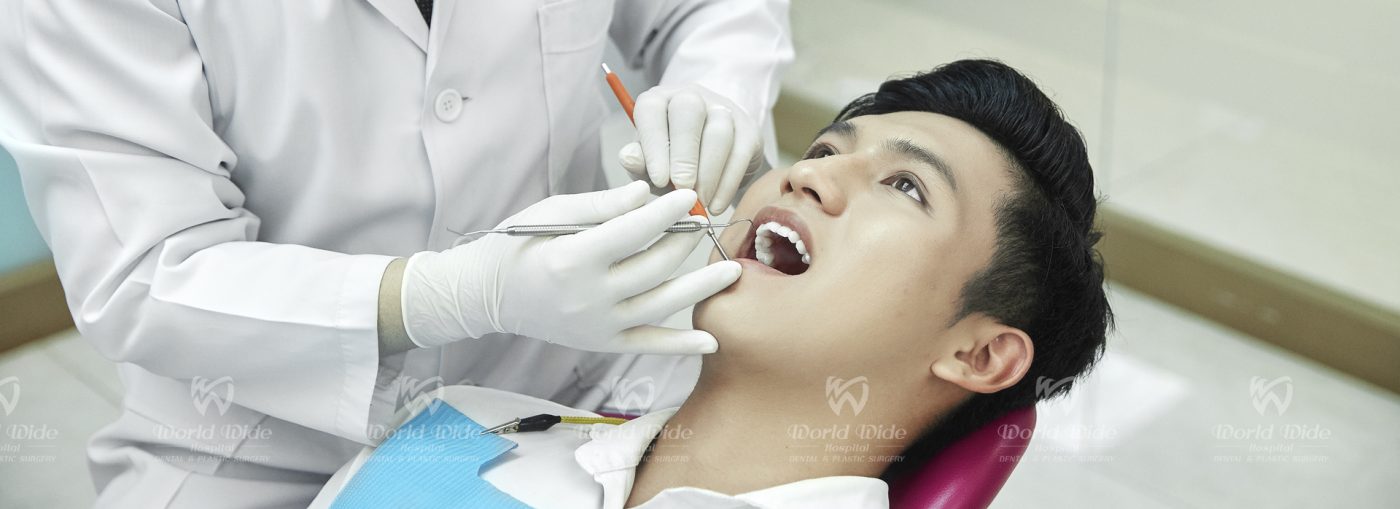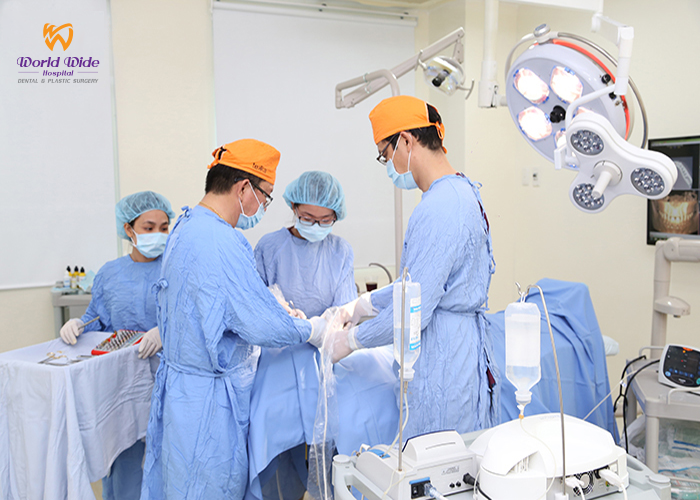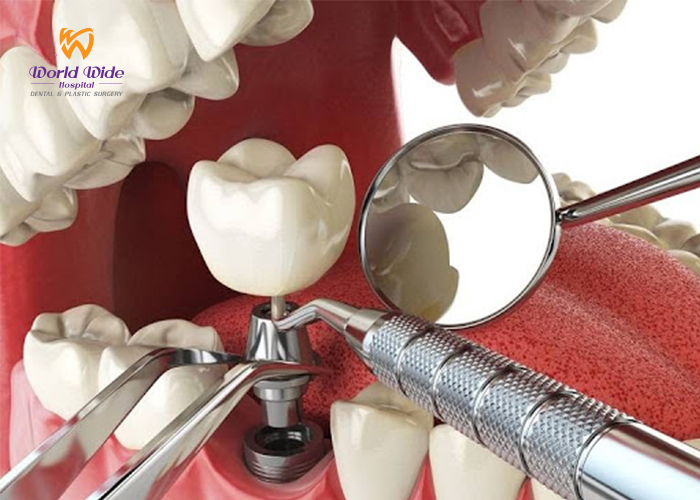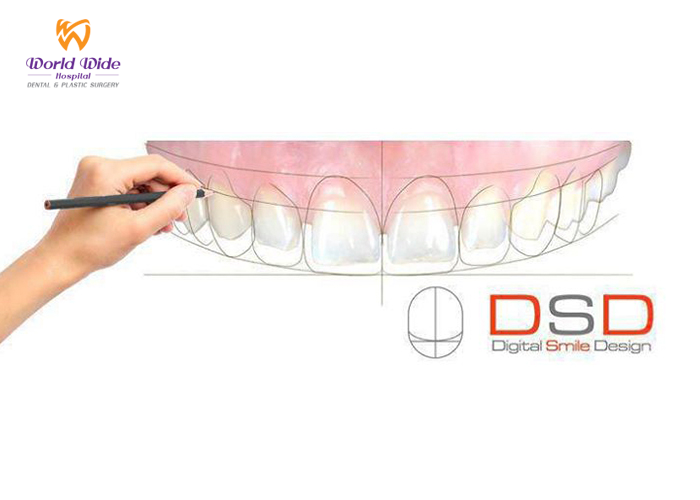PERIODONTAL DISEASE
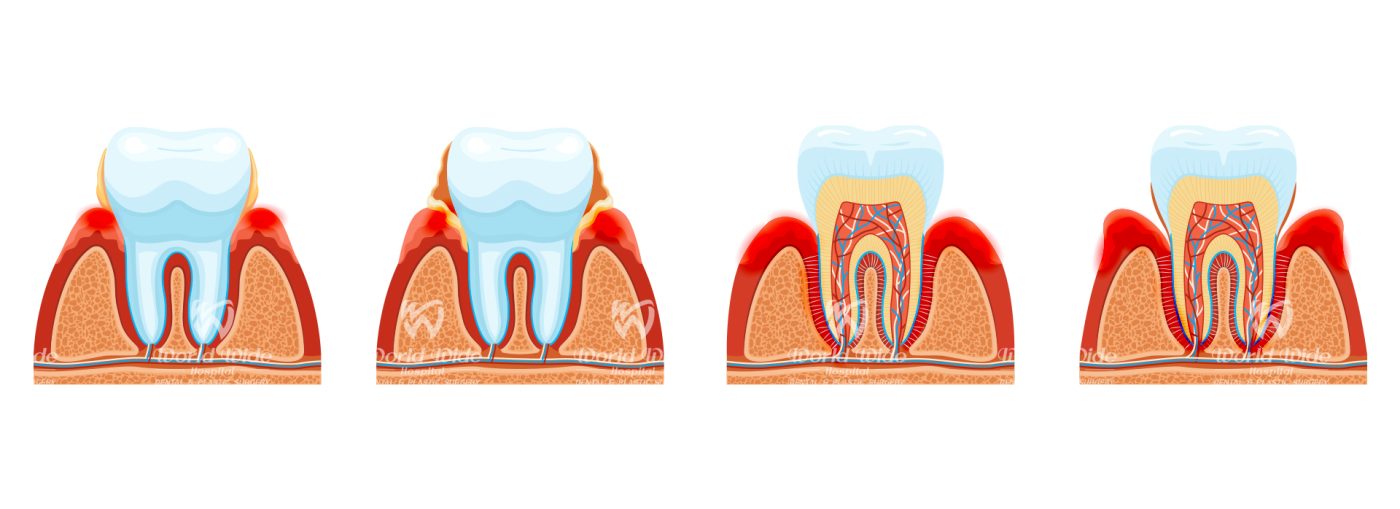
What is periodontal disease?
Periodontal disease is a very common condition, particularly among the elderly. It involves the inflammation of the gums and the tissues surrounding the teeth. When left untreated, this disease can lead to the deterioration of the bone around the teeth, causing tooth mobility and eventually leading to tooth loss in a silent manner.
Periodontal disease is often a chronic condition that progresses over months and years, which is why many patients do not exhibit clear symptoms. Therefore, regular dental check-ups to detect and treat periodontal disease early are extremely important.
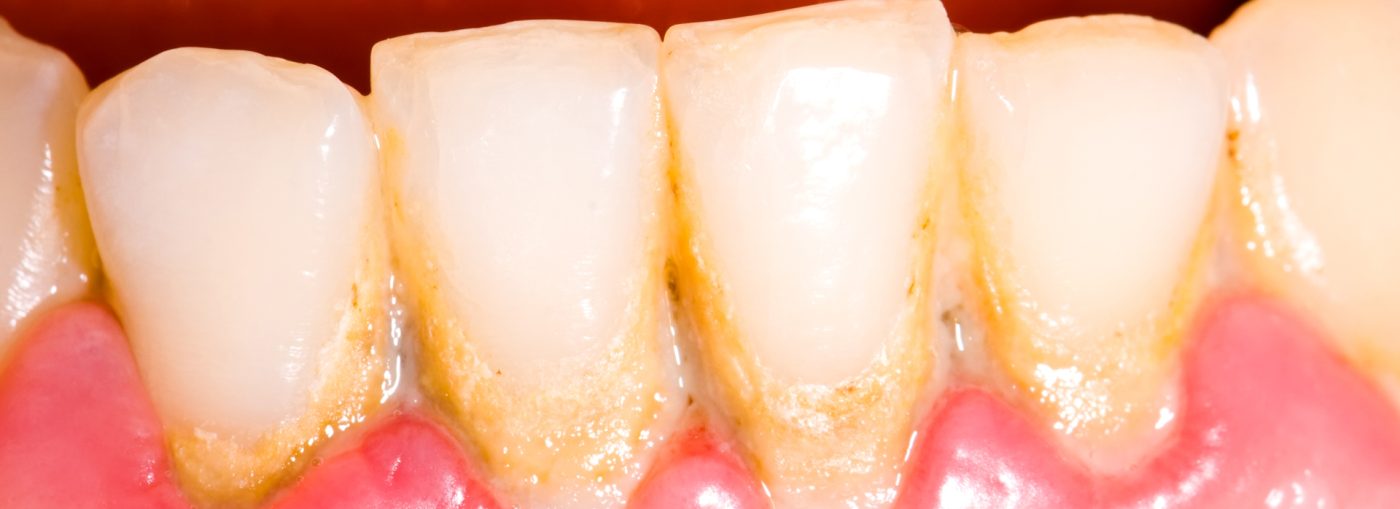
2. Causes and consequences
The most common cause of periodontal disease is food plaque. Plaque forms due to the accumulation of food particles on the tooth surface. Bacteria in the plaque stimulate gum inflammation, and if not treated promptly, the gums no longer adhere closely to the teeth, forming periodontal pockets. As the disease progresses, bacteria invade the bone, leading to the deterioration of the bone. Consequently, this results in tooth mobility and eventually tooth loss.
Other causes, such as a poor diet, stress, hormonal changes during pregnancy, diabetes, and more, can also easily lead to gum disease.
Periodontal disease is a chronic condition and often lacks distinct symptoms, making it easy to overlook. Most patients seek treatment when their teeth are already painful or significantly loose, at which point treatment becomes much more difficult and complex.
Many cases involve patients seeking examination and treatment when the disease has advanced to a stage where the teeth cannot be saved. At that point, patients need to have all their teeth extracted and restored using techniques such as All-on-4 or All-on-6, or they may need to wear removable dentures.

3. What are the symptoms of periodontal disease?
Periodontal disease is an inflammatory condition affecting the gums and the tissues surrounding the tooth roots.
Healthy gums are naturally pink, firm, and fit tighly around the teeth. However, when affected by periodontal disease, the gums are attacked by bacteria, leading to symptoms such as:
- Swollen gums
- Dark red or bright red gums
- Increased sensitivity to hot and cold
- Easily bleeding gums when brushing or flossing
- Gums that no longer fit tightly around the teeth
- Presence of pus between the teeth and gums
- Bad breath
- Loose teeth
- Development of gaps between the gums and teeth, etc.
4. Subjects susceptible to periodontal disease
The primary cause of periodontal disease stems from poor oral hygiene. However, there are other factors that can contribute to this condition, and individuals who maintain meticulous oral care can still be at risk for periodontal disease. So, which groups are more susceptible to this disease?
Below are the groups at higher risk for periodontal disease:
- Individuals with poor oral hygiene.
- Smokers
- Those with nutritional deficiencies, particularly vitamin C
- Those taking certain medications that cause dry mouth.
- Those undergoing treatments that weaken the immune system.
- Those with rheumatoid arthritis, diabetes, Crohn’s disease, etc.
- Those with a family history of early-onset periodontal disease.

5. Basic principles of treatment of periodontal disease
- Scaling above and below the gum line to clean and smooth the tooth surface.
- Thoroughly cleaning periodontal pockets if present.
- Using antibiotics and mouthwash in conjunction.

6. Prevention
- Brush your teeth after meals and before bedtime to remove plaque, and use interdental cleaning methods such as dental floss and interdental brushes. Additionally, use a water flosser and mouthwash.
- Attend regular dental check-ups for examinations and professional cleanings at the clinic 2-3 times a year.
GENERAL DENTAL PRICE LIST AT WORLDWIDE HOSPITAL
GENERAL DENTISTRY:
| Basic Scaling and Polishing (Level 1) | 400.000 / 2 teeth |
| Advanced Scaling and Polishing (Level 2) | 500.000 / 2 teeth |
| Scaling and Air Polishing | 600.000 – 700.000 / 2 teeth |
| Subgingival Scaling | 2.000.000 / 1 teeth |
| Periodontal Pocket Curettage | 550.000 / 1 tooth |
| Laser Periodontal Pocket Curettage | 1.100.000 / 1 tooth |
| Dental Fillings | 400.000 – 600.000 / 1 tooth |
| Root Canal Treatment / Retreatment | 3.000.000 – 5.500.000 / 1 tooth |
Contact us now for a free consultation!
WORLDWIDE DENTAL AND PLASTIC SURGERY HOSPITAL (WORLWIDE HOSPITAL)
24/7 CONSULTATION: (08) 39257526 – 0914 900 016
Periodontal disease is currently one of the most common oral health conditions, causing significant challenges for patients. So, how can periodontal disease be effectively treated? Let’s explore through today’s article.
CURRENT METHODS OF TREATMENT AND RECOVERY OF TEETH FOR PATIENTS WITH PERIODONTAL DISEASE
The goal of periodontal disease treatment is to thoroughly eliminate inflammatory pockets around the tooth roots and prevent damage to the surrounding teeth.
Periodontal disease is a chronic condition that easily recurs, so patients need to undergo regular check-ups and examinations every 3-6 months even after the disease has been stabilized.
1. Non-surgical treatment methods for periodontal disease
If the periodontal inflammation is mild, the doctor may apply some non-surgical treatment methods such as:
- Scaling, with a particular emphasis on removing tartar below the gum line to eliminate plaque buildup and reduce the depth of the gingival sulcus around the tooth roots.
- Prescribing local and systemic antibiotics for the patient.
2. Surgical treatment methods for periodontal disease
In cases where bacterial growth is significant, leading to severe periodontal disease, the doctor will apply surgical treatment methods such as:
- Gum surgery to expose the roots and reduce gum pockets around the teeth by removing deeply embedded tartar.
- Connective tissue grafts to fill areas where the gum has receded on one side of the tooth root.
- Bone grafting.
3. Regenerative and restorative methods for periodontal patients
- Stabilizing severely loose teeth using steel wires, composite materials, or porcelain restorations.
- Performing fixed or removable porcelain restorations or placing implants in areas where teeth have been lost after periodontal disease has been treated.
- In severe cases where the teeth can no longer be saved, full arch restoration using implants (All-on-4 or All-on-6) is considered.
COMPLICATIONS OF PERIODONTAL DISEASE
Periodontal disease is a fairly common oral condition, but that doesn’t mean we should underestimate this condition, as untreated periodontal disease can lead to many dangerous complications.
Some common complications of periodontal disease include:
- Increasing the risk of total tooth loss, leading to jawbone loss
- Increasing the risk of developing diabetes and affecting blood sugar control
- Increasing the risk of heart disease and stroke
- Leading to respiratory problems
HOW TO EFFECTIVELY PREVENT PERIODONTICAL DISEASE
Periodontal disease often stems from poor oral hygiene habits, so the most effective way to prevent periodontal disease is to establish proper oral hygiene habits and undergo regular dental check-ups for early detection and treatment.
It is recommended to brush your teeth at least twice a day, for at least 2 minutes each time, prioritizing gentle brushing in vertical and circular motions, and using dental floss at least once a day. Additionally, consider using water flossers and mouthwash if necessary.

Periodontal disease often stems from improper oral hygiene habits (Figure)
Aside from regular oral hygiene practices, regular dental check-ups are also an effective way to prevent periodontal disease. It is advised to schedule dental check-ups every 4-6 months to remove tartar buildup and detect dental problems early.
The aforementioned are some common methods for treating periodontal disease applied today. Depending on the severity of the inflammation, the dentist will recommend specific treatment methods. Therefore, to effectively treat periodontal disease as soon as possible, contact Worldwide Hospital for assistance.

 Tiếng Việt
Tiếng Việt